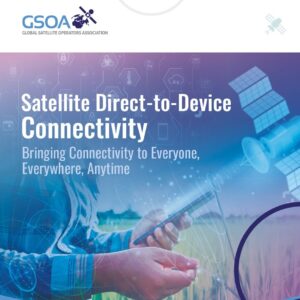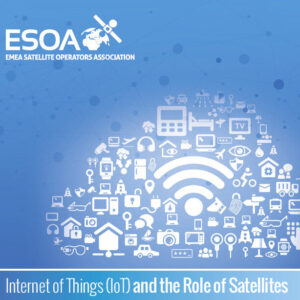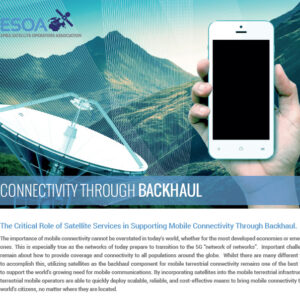Broadband
Satellite broadband works in a similar way to satellite TV, the user receives information through a small dish and transfers the information via a cable connected to a modem in your house. The dish is also used to send out information to the satellite so giving you a fast interactive broadband connection. With satellite broadband you can enjoy access to Internet even in the most isolated areas.
- A fast solution: all that is required is the delivery of ground equipment to the consumers; satellites already cover every part of the globe
- A reliable solution: rather than use an underground copper/fibre network, satellite broadband operates by sending and receiving your broadband signal to a satellite. Because the satellite sits high up in space, it can provide equal quality of coverage to every home or business in its footprint.

Community Wi-Fi
Community Wi-Fi is Internet access offered over a Wi-Fi Hotspot that anyone with a Wi-Fi capable handheld or laptop can use, either on a prepaid or government-subsidized basis. Service can also be provided to any home or small business within range of the Wi-Fi signal can use. This service is ideal for providing affordable Internet access, even in places where fibre, wireless and mobile internet are not available or efficient.


Mobile Backhaul
The importance of mobile connectivity cannot be overstated in today’s world, whether for the most developed economies or emerging ones. This is especially true as the networks of today begin their transition to 5G “network of networks”. Important challenges remain about how to provide coverage and connectivity to all populations around the globe. While there are many different ways to accomplish this, utilizing satellite as the backhaul component for mobile terrestrial connectivity remains one of the best to support the world’s growing network of networks approach to communications. By incorporating satellite services into the mobile terrestrial infrastructure, terrestrial mobile operators are able to receive a quick to deploy, reliable, and cost-effective means to bring mobile connectivity to the world’s citizens, no matter where they are located.
Mobile Network Operators (MNOs) already use several transmission means (fibre, microwave, satellite) to connect their cell sites to the backbone and/or to back-up unreliable terrestrial connections. In regions with poor or challenged terrestrial infrastructure, MNOs rely extensively on satellite services to connect 2G, 3G and 4G cells to the central infrastructure. This will be even more important once 5G infrastructure is being deployed, as more and more consumers will demand reliable, wide-coverage, cost-effective mobile communications no matter where they are located. Without satellite, overcoming this huge challenge would be commercially unviable.
The use of satellite to support wireless terrestrial backhaul began in the early 2000s and increased as many countries adopted universal service policies and mobile operators had to cover more and more remote locations where terrestrial backhaul was not available: in many cases, this could not be deployed on a timely or cost-effective basis. Today satellite connections are still a quick, low CAPEX and OPEX solution to the problem of connecting remote cell sites and there is significant satellite capacity to support the needs of MNOs globally.
Latency
Latency has very little or no impact in the majority of the applications. Email, VoIp, File downloading or streaming are not latency sensitive. The only applications affected by latency are online gaming and remote surgery.
The Quality of Experience (QoE) of users of communications networks is affected by a number of technical and commercial metrics.
Aspects such as coverage, data throughput rates, resilience, security, total cost of ownership, and latency are important considerations. Latency is one of several factors for determining the QoE of a communications network.
In many cases, the optimum solution for the most robust network will involve hybridization: multiple transmission media working in concert. This allows technologies to complement one another to deliver the best and most appropriate user experience.
Service providers should choose the technology that best supports their needs for the application(s) they are delivering to their customers. Similarly, users should choose the technology that best supports the applications they are using on a regular basis.



